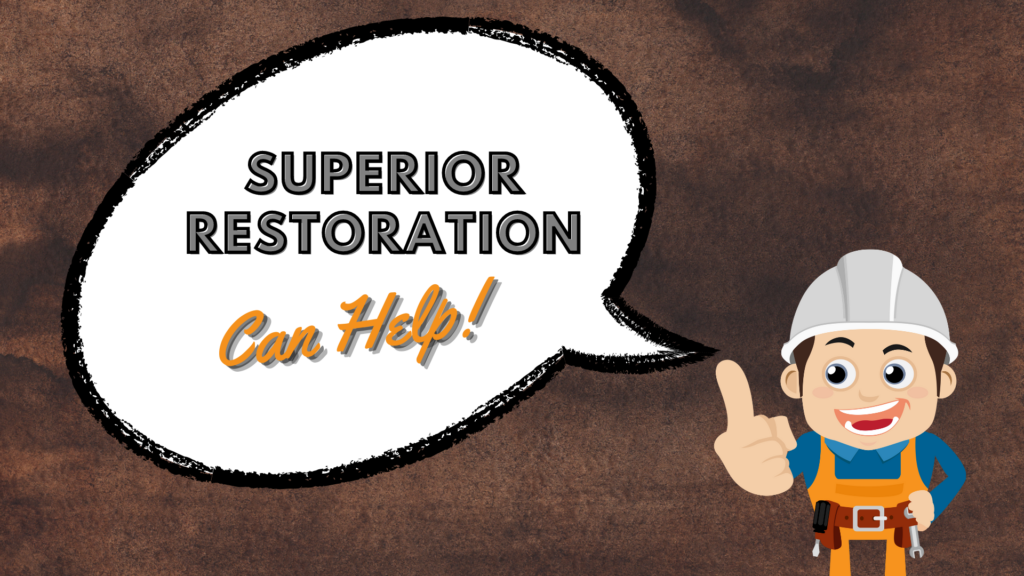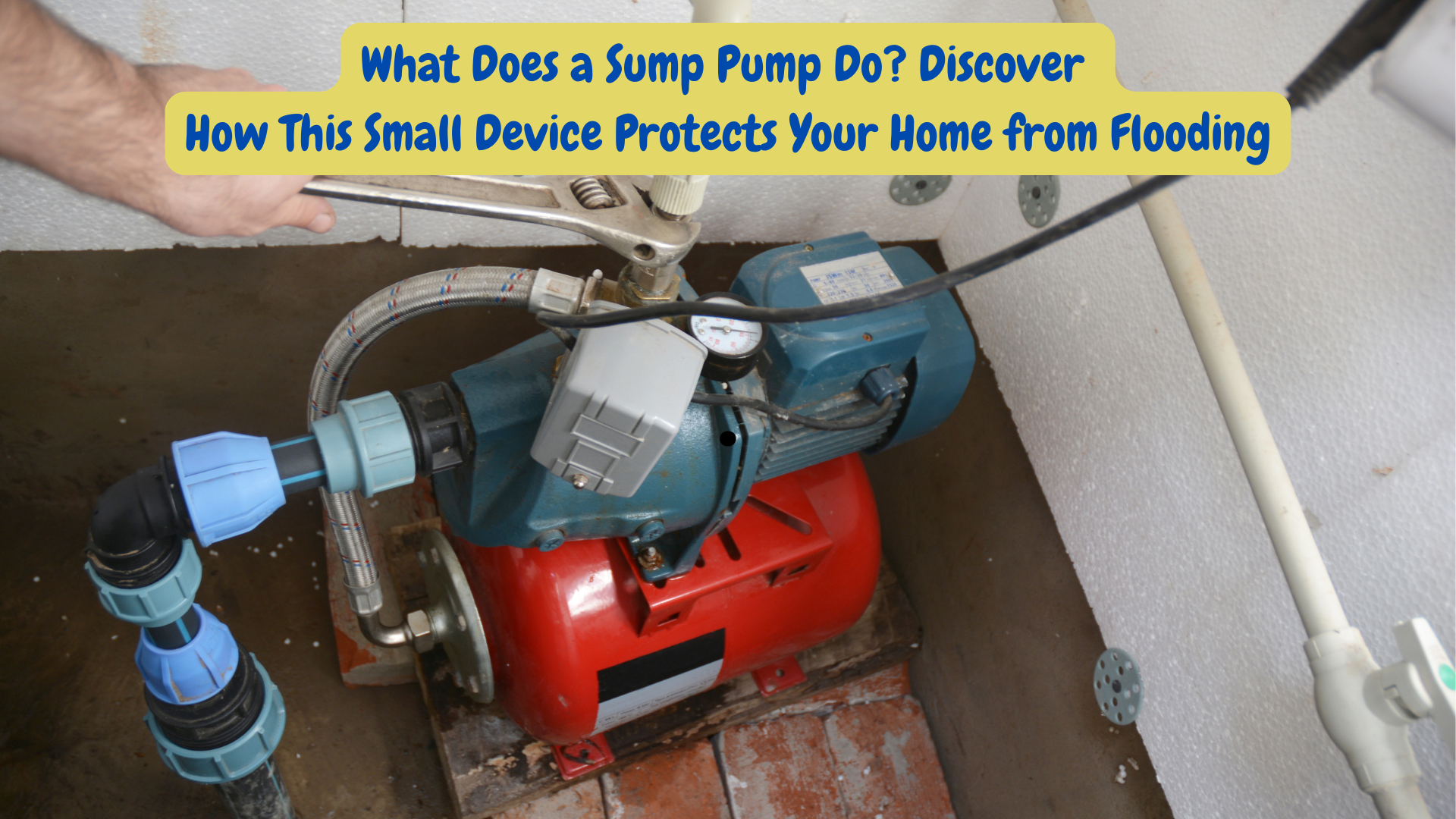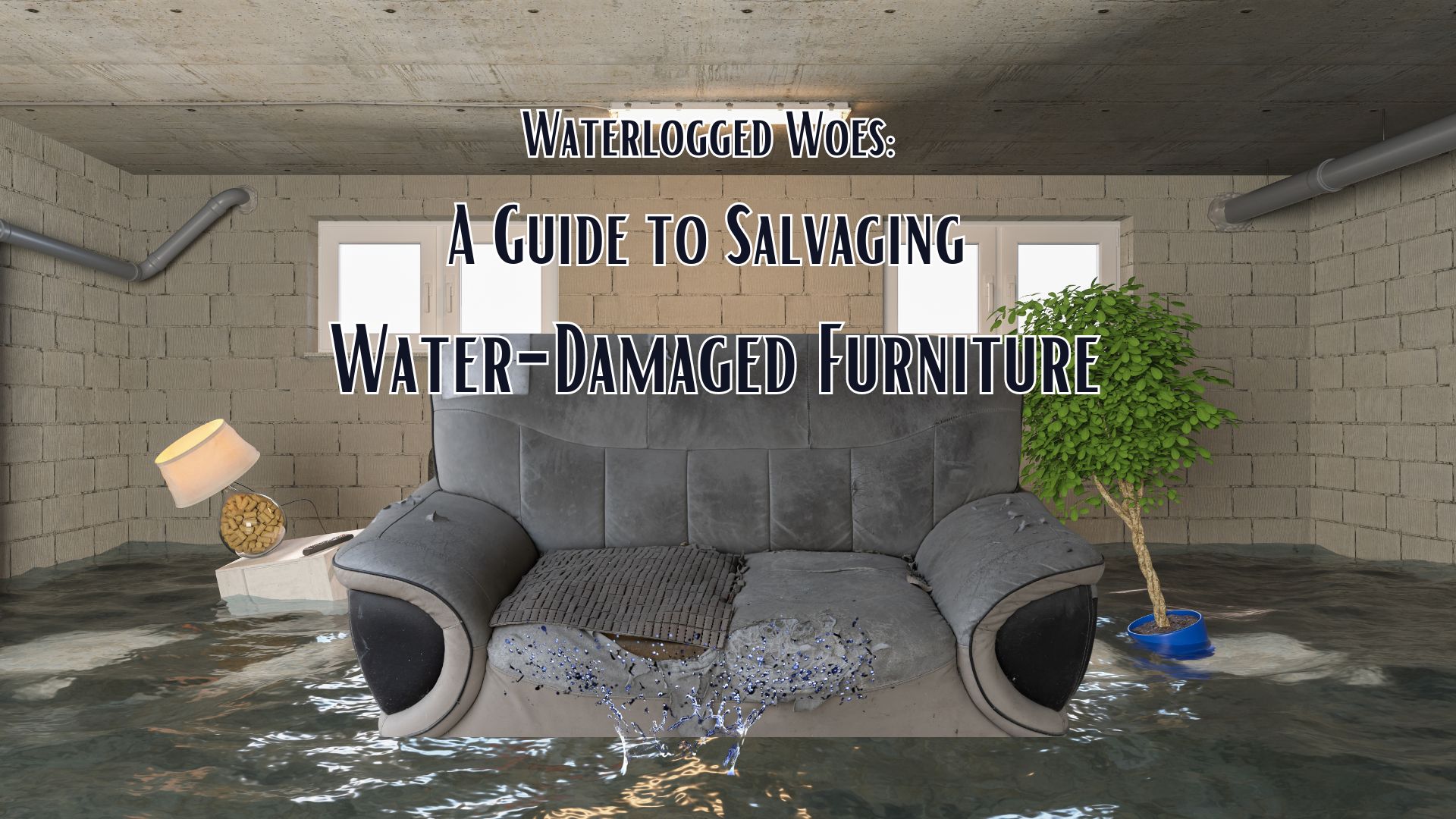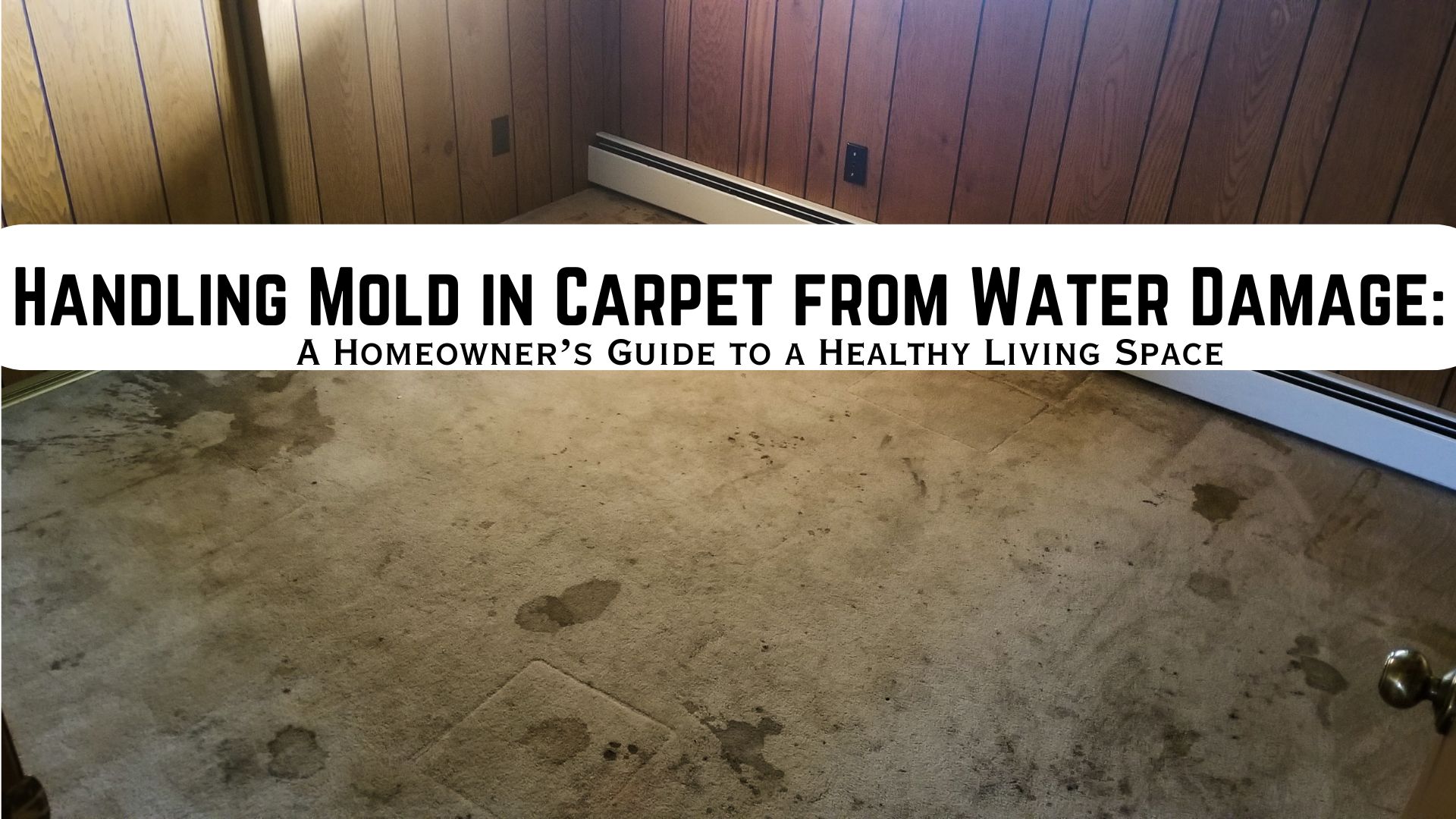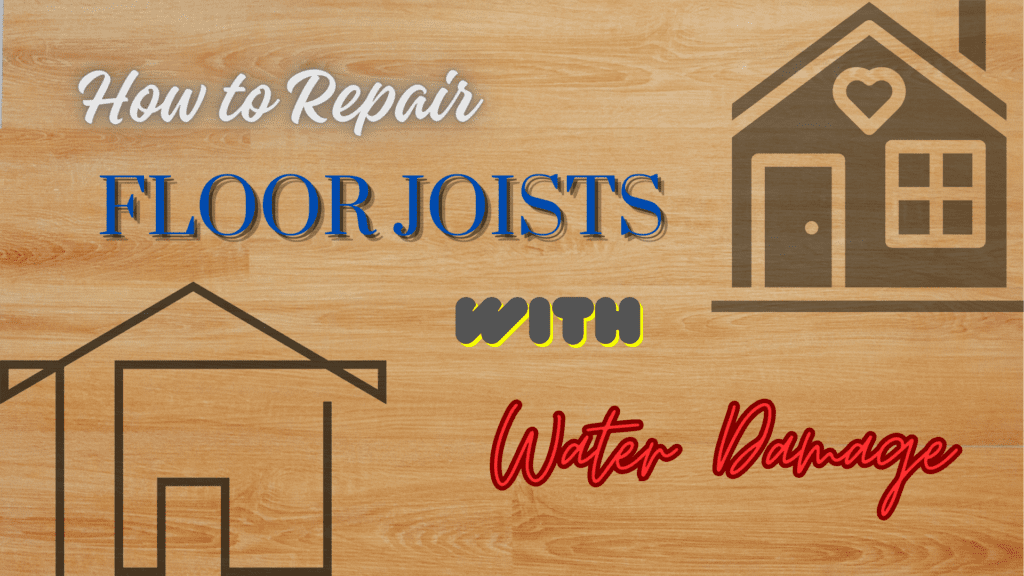
How to Repair Floor Joists with Water Damage – an Introduction
Water damage is a common issue that homeowners face, and it can wreak havoc on the structural integrity of a house if left unattended. One of the critical areas affected by water damage is the floor joists. Floor joists support the weight of the floor and distribute it to the foundation. When water seeps into these joists, it can lead to rot, weakening, and even collapse if not addressed promptly.
In this comprehensive guide, we will delve into the process of repairing floor joists with water damage, covering everything from assessment to restoration techniques. By following these steps, you can safeguard your home’s structural stability and ensure its longevity.
Understanding Floor Joists and Water Damage
Floor joists are horizontal beams that provide support to the floor of a building. They are typically made of wood or steel and run parallel to each other, spaced several feet apart. When exposed to water, whether from leaks, floods, or condensation, wood joists are particularly vulnerable to damage.
Water damage to floor joists can manifest in various ways:
1. Rot: Prolonged exposure to moisture can cause wood to rot, weakening its structural integrity.
2. Warping: Moisture absorption can cause wood to warp or bow, affecting its load-bearing capacity.
3. Mold and Mildew: Damp conditions promote the growth of mold and mildew, which can further deteriorate the wood and pose health risks.
4. Insect Infestation: Wet wood is susceptible to insect infestation, such as termites and carpenter ants, which can exacerbate the damage.
Assessment of Water Damage
Before initiating repairs, it’s crucial to assess the extent of water damage to the floor joists. Here’s how to conduct a thorough assessment:
1. Visual Inspection: Look for signs of water stains, discoloration, mold growth, and structural deformities in the floor and subfloor.
2. Probe Testing: Use a screwdriver or awl to probe the wood for soft spots, which indicate rot.
3. Moisture Detection: Use moisture meters to measure the moisture content of the wood and surrounding materials.
Repairing Floor Joists with Water Damage
Once you’ve assessed the damage, you can proceed with the repair process. Here’s a step-by-step guide:
Step 1: Identify and Address the Source of Water Intrusion:
Before repairing the floor joists, it’s crucial to identify and fix the source of water intrusion to prevent further damage. Common sources include leaking pipes, roof leaks, improper drainage, and foundation cracks. Depending on the cause, you may need to enlist the help of a plumber, roofer, or foundation specialist.
Step 2: Remove Damaged Materials:
Carefully remove any damaged flooring, subflooring, and insulation to expose the affected floor joists. Take precautions to contain mold spores and minimize exposure to airborne contaminants by wearing protective gear, such as gloves, goggles, and a respirator.
Step 3: Reinforce or Replace Damaged Floor Joists:
Depending on the extent of the damage, you may need to reinforce or replace the affected floor joists. Here are some options:
- Reinforcement: If the damage is localized and the joists are structurally sound, you can reinforce them using sistering or bracing techniques. Sistering involves attaching new joists alongside the damaged ones, while bracing involves adding support beams perpendicular to the joists.
- Replacement: If the damage is extensive or if the joists are severely compromised, they may need to be replaced entirely. Use pressure-treated or rot-resistant lumber for replacement joists to prevent future water damage.
Step 4: Treat Mold and Mildew:
If mold and mildew are present, thoroughly clean and disinfect the affected area using a mixture of water and detergent or a commercial mold remediation product. Allow the area to dry completely before proceeding with repairs.
Step 5: Reinstate Flooring and Subflooring:
Once the joists are repaired or replaced, reinstall the flooring and subflooring using moisture-resistant materials, such as marine-grade plywood or cement backer board. Maintain proper airflow to prevent the accumulation of moisture in the future.
Step 6: Preventive Measures:
Enact precautionary measures to reduce the likelihood of future water damage, such as:
- Regular inspections: Inspect your home for signs of water leaks, damage, and drainage issues regularly.
- Maintenance: Keep gutters clean, repair roof leaks promptly, seal cracks in the foundation, and maintain proper ventilation in moisture-prone areas.
- Waterproofing: Apply waterproofing sealants or membranes to vulnerable areas, such as basements, crawl spaces, and bathrooms.
Conclusion
Repairing floor joists with water damage is a complex process that requires careful assessment, planning, and execution. By identifying the source of water intrusion, addressing the damage promptly, and implementing preventive measures, you can protect your home from structural deterioration and ensure its long-term stability.
When it comes to water damage restoration, Superior Restoration stands out as a trusted partner for homeowners. With years of experience and expertise in handling water damage emergencies, Superior Restoration offers comprehensive services, including water extraction, drying, mold remediation, and structural repairs. Their team of certified technicians utilizes state-of-the-art equipment and industry-best practices to restore your home to its pre-damage condition efficiently and effectively.
Do not allow water damage to jeopardize the structural integrity of your residence. Trust Superior Restoration to provide prompt and reliable water damage repair services, ensuring peace of mind and a safe living environment for you and your family. Call us now, Water Damage Carlsbad.

